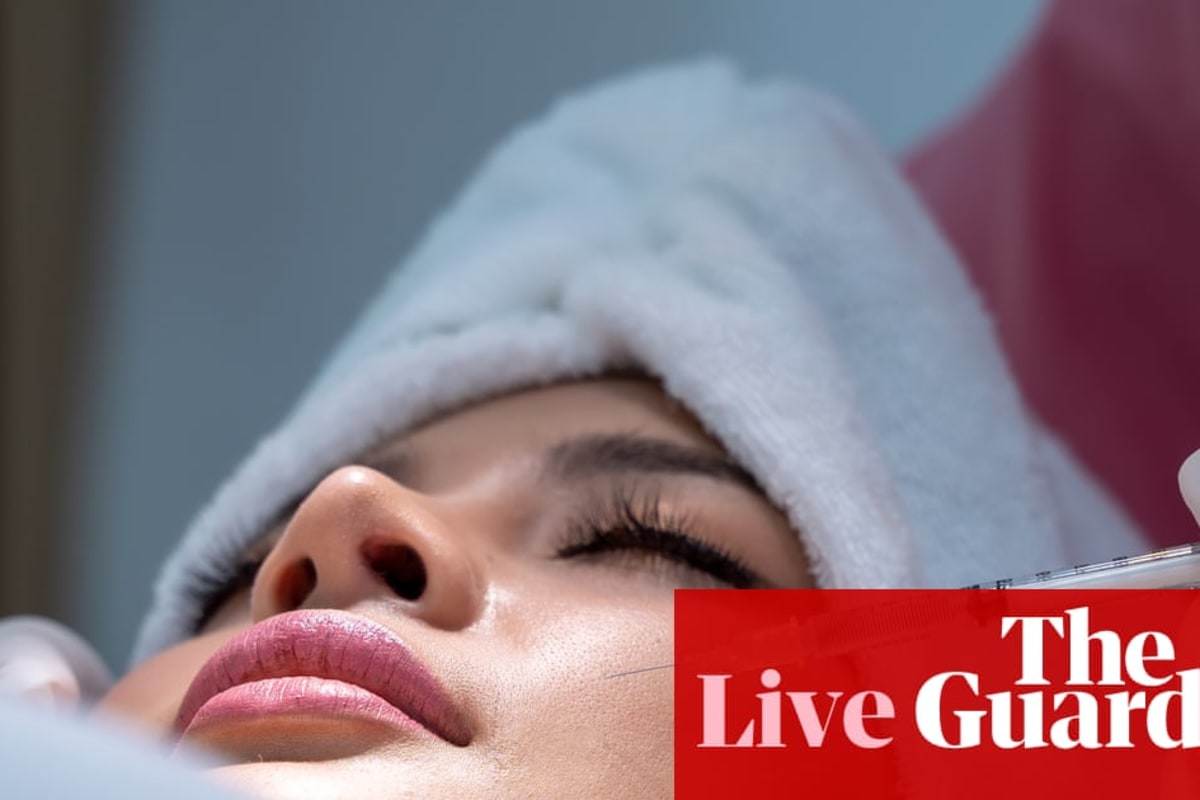Australia Boosts Cosmetic Procedure Safety

Australia has taken significant steps to enhance safety and transparency within its rapidly growing cosmetic procedures industry.
Background
New, more stringent guidelines, implemented by the Australian Health Practitioner Regulation Agency (Ahpra) on July 1, 2023, target unsafe practices and misleading advertising for non-surgical cosmetic procedures such as injectables, fillers, and laser treatments These regulations mark a crucial turning point in protecting consumers from potentially harmful treatments and deceptive marketing tactics, addressing concerns that have been escalating in recent years The move comes amidst a global surge in popularity for non-surgical cosmetic enhancements, fueled by social media trends and celebrity endorsements Australia, like many developed nations, has experienced a rapid expansion in the number of clinics and practitioners offering these procedures However, this growth has also raised serious concerns regarding the lack of consistent regulation, variable training standards, and the prevalence of misleading advertising campaigns that often overpromise results and downplay potential risks Instances of botched procedures and subsequent health complications have highlighted the urgent need for stricter oversight Ahpra's new guidelines aim to address these concerns head-on Key elements include: Stricter regulations on advertising: Requiring practitioners to accurately and transparently represent their qualifications, experience, and the potential risks, side effects, and recovery periods associated with specific procedures "Before and after" photos will be subject to increased scrutiny Mandatory increased training and professional development: Ensuring practitioners possess the necessary skills and knowledge to perform procedures safely and effectively This includes ongoing education requirements and competency assessments Ahpra has partnered with leading medical colleges to develop standardized training curricula
Reporting adverse events: A strengthened reporting mechanism has been established to track and address adverse events related to cosmetic procedures, allowing for better data collection and preventative measures This addresses a critical gap in the industry, where inconsistent training standards have contributed to instances of botched procedures and negative patient outcomes The guidelines specifically address concerns regarding the administration of injectables by individuals without adequate medical qualifications The impact of these regulations extends beyond Australia's borders.
Southeast Asia, with its vibrant beauty industry and growing demand for aesthetic enhancements, can glean valuable lessons from Australia's proactive approach Many countries in the region face similar challenges – a rapidly expanding market with varied levels of regulation and training, often lacking the robust oversight found in Australia The Australian model offers a potential blueprint for improving safety standards and consumer protection across the region However, the specific implementation would need to be adapted to account for local contexts, cultural nuances, and existing regulatory frameworks, including variations in licensing and healthcare systems Collaboration between Australian regulatory bodies and their Southeast Asian counterparts could facilitate the knowledge transfer and development of effective regulatory frameworks For Southeast Asian consumers, the Australian experience underscores the importance of thorough research and due diligence before undergoing any cosmetic procedure Looking for practitioners with credible qualifications, verifiable experience, and a strong track record is crucial Consumers should also be wary of unrealistic claims, heavily discounted prices, or aggressive marketing tactics, which could indicate a lack of adherence to safety standards Seeking second opinions and consulting with trusted healthcare professionals are also recommended By learning from Australia's regulatory changes, Southeast Asian governments and individuals can collectively contribute to a safer and more responsible cosmetic procedures industry While the new guidelines represent a significant step forward, challenges remain Enforcing these regulations and ensuring consistent compliance across all practitioners will require ongoing monitoring, robust auditing processes, and potentially stricter penalties, including hefty fines and license suspensions, for violations Furthermore, addressing the affordability aspect of cosmetic procedures remains important, as high costs can lead individuals to seek out cheaper, potentially less safe, options from unregulated providers Exploring options such as subsidies or insurance coverage for medically necessary cosmetic procedures could help mitigate this risk The Australian Medical Association (AMA), however, has voiced concerns about a separate matter—calls to lower tobacco excise The AMA argues that such a reduction would undermine decades of public health efforts to discourage smoking, particularly among young people, and could have detrimental consequences for public health budgets and increase rates of smoking-related illnesses This demonstrates the complexities of balancing economic considerations with public health priorities, a challenge faced globally In conclusion, Australia's new cosmetic procedure guidelines signal a strong commitment to consumer safety, ethical practices, and responsible industry growth This proactive approach provides a valuable case study for other countries, particularly within Southeast Asia, aiming to improve regulation and consumer protection in their own burgeoning cosmetic industries The ongoing dialogue concerning tobacco excise highlights the broader tension between economic policies and public health concerns, a challenge that requires ongoing attention and strategic planning The Australian experience highlights the importance of a balanced approach, prioritizing consumer safety while acknowledging economic factors and cultural contexts within the Southeast Asian region Further research into the long-term impact of these regulations and their applicability to diverse Southeast Asian contexts is warranted The need for continuous monitoring, enforcement, and international collaboration is evident for the sustainable development of a safe and ethical cosmetic procedures industry across the globe This includes considerations for equitable access to safe procedures, avoiding exclusion based on socioeconomic factors The Australian model, while successful in addressing immediate concerns, sets a precedent for ongoing adaptation and refinement in response to emerging trends, technological advancements, and evolving challenges within the industry The multifaceted nature of the issue calls for a holistic approach involving governments, industry professionals, medical colleges, consumer advocacy groups, and consumers working collaboratively to safeguard public health and wellbeing This collaborative effort is essential to foster an environment of trust and transparency in the ever-evolving cosmetic procedures landscape, not only in Australia, but globally and within Southeast Asia This will involve robust public awareness campaigns in various languages, effectively communicating the benefits of safer practices, the risks of unregulated procedures, and helping consumers navigate the complexities of the cosmetic procedures industry The success of these initiatives will depend on continuous engagement with stakeholders and a commitment to ongoing education and awareness programs to ensure long-term sustainability and effectiveness This nuanced approach will be essential in ensuring the effective implementation and positive impact of such regulations across diverse cultural and economic landscapes, promoting a culture of safety and informed decision-making in the pursuit of aesthetic enhancements
